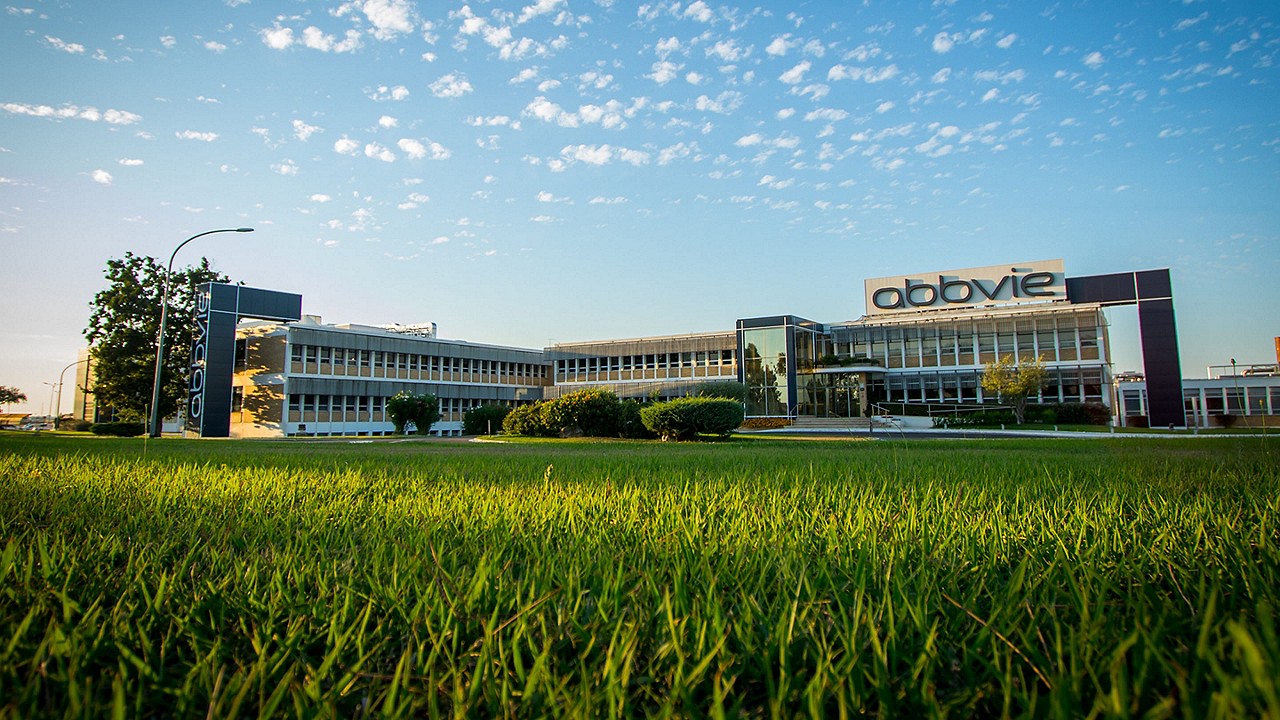Growing sustainably through innovation: How AbbVie takes action
In R&D, operations and beyond, employees do what’s good for patients, people and the planet
Why climate action matters
We all know it: waste is a massive problem. And with more than two billion tons of solid waste produced globally according to the World Bank, there's no easy fix. But employees across AbbVie have been on a mission to ensure their medicines are making the situation better not worse. Here are three ways scientists, engineers and talent across the company are using innovation to advance processes and technologies that can benefit the long-term health of patients, while also being good for the environment.
Making manufacturing processes greener
The complex processes needed to develop medicines often involve many steps, some of which can generate excess landfill or energy waste. At each of these steps, the technology and metrics teams in AbbVie’s Development Sciences organization see opportunities to make improvements that are more environmentally friendly, while maintaining or exceeding high standards for performance, safety and quality.
On the metrics side, scientists employ a tool to assess how green different steps of a given process are based on the materials used.
"The metrics tool allows us to track process performance over time and this will help us identify areas where we can minimize material usage, cut down process steps and still remain efficient," said Wakuna Galega, senior scientist and metrics team lead, AbbVie.
These insights are then used by the technology team to identify in-house technologies or alternate approaches that could help make the process more robust, consistent, efficient – and greener.
Investing in innovative ideas
Along with improving existing processes, AbbVie invests in innovative new ideas that can help reduce energy, water or waste. One way it does this is through a program known as the Spark Innovation Accelerator. The program invites employees across the company to submit their biggest, boldest ideas for reducing AbbVie’s environmental footprint. The top ideas are chosen each year, and then, over a 10-month period, winning teams work to transform their ideas into results.
As of March 2023, Spark has supported 51 global teams. From designing new ways to recycle materials to reduce the amount of printed waste, the ideas generated by employees are diverse, and intersect R&D, operations and other areas. And since the program first launched four years ago, they’ve collectively delivered measurable results, including:
~7K
metric tons of carbon dioxide equivalent CO2e reduced
~600
metric tons of waste reduced or recycled
~46K
cubic meters of water reduced
~1.6M
kilowatt hours of energy saved
Developing methods to minimize a common source of waste
Another way AbbVie is advancing sustainability is by addressing one of the biggest sources of waste within the pharmaceutical industry – organic solvents. For more than 150 years, scientists relied on organic solvents, which are derived from mineral oil to help them carry out chemical reactions. While this approach has helped advance breakthrough medicines, organic solvents also make up a lot of the waste in chemical reactions.
At AbbVie’s labs in Ludwigshafen, Germany, research fellow Wilfried Braje and his team are tackling this challenge by developing a method for “chemistry in water,” which are processes that enable chemical reactions to occur in water, rather than organic solvents. Their approach, which they continue to develop, has the potential to generate less waste and be more energy efficient.
Additionally, teams are investigating yet another approach for making chemical reactions happen without the use of organic solvents. This approach, known as mechanochemistry, works much like a pepper grinder – it uses mechanical force to make chemicals react.
“We’re proud that our discoveries in the lab have the potential to contribute to AbbVie’s environmental goals to reduce emissions and landfill waste. Each discovery or even small innovation can ladder up to make a much larger impact. It’s a win-win-win for science, for patients and for the environment,” says Braje.
Collectively these efforts support AbbVie’s commitment to achieving science-based targets for lowering emissions. Read more about this commitment in AbbVie’s ESG Action Report.
Media inquiries:
[email protected]

